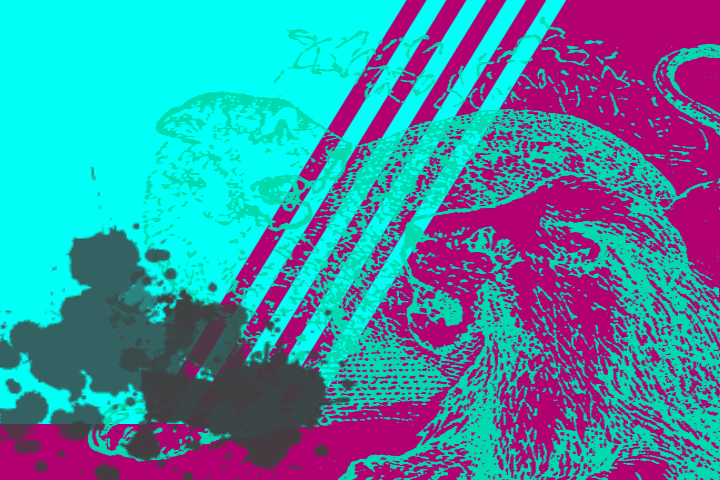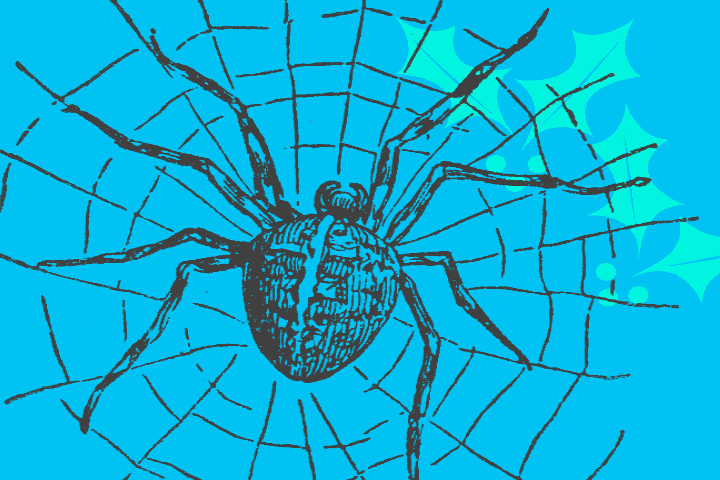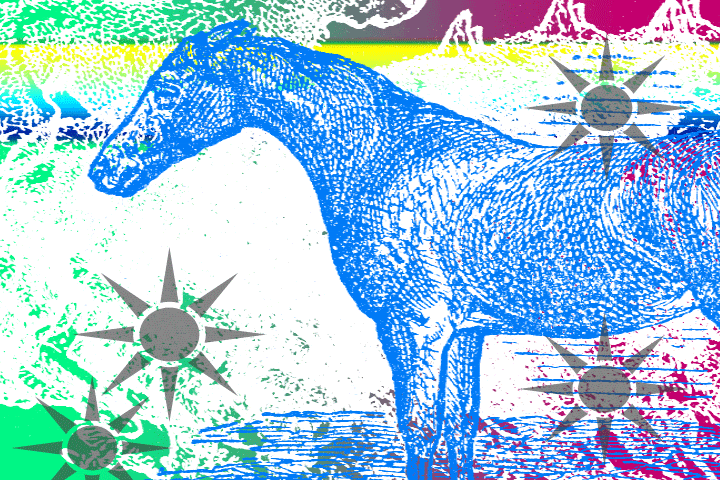dots & lines project from Kia Wright on Vimeo.
Kia Wright
Tuesday, April 19, 2011
Tuesday, March 22, 2011
Monday, March 21, 2011
Tuesday, February 22, 2011
GEORGE MACIUNAS | 1931-1978
‘Dreamer. Child. Utopian, Fascist, Christ, Democrat, Madman. A realist whose realism always needed another kind of reality. (His conceptions of reality never coincided with the accepted reality.) He was beautiful, foolish, dogmatic, charming. Impossible.’ -Milan Knizak
Lithuanian-born American artist
Founding member of Fluxus, an international community of artists, architects, composers, and designers.
Fleed Lithuania to avoid arrest by advancing Russian Army in 1944, went to Germany and then Long Island, NY, in 1948.
Studied graphic design at Cooper Union, then architecture at the Carnegie Institute of Technology in Pittsburgh and landed on art history at NYU’s Institute of Fine Arts.
Beginning of 1960s, influenced by John Cage’s Experimental Music Composition classes at the New School for Social Research and became increasingly interested in eastern philosophy.
Fluxus was an avant-garde movement that mocked previous art traditions; had a view of intermedia, that art should not be something put on a pedestal or commercial; wanted to blur lines between art with reality.
In 1963 composed the first Fluxus Manifesto, which encourages readers to:
"...purge the world of bourgeois sickness, ‘intellectual’, professional & commercialized culture ... PROMOTE A REVOLUTIONARY FLOOD AND TIDE IN ART, ... promote NON ART REALITY to be grasped by all peoples, not only critics, dilettantes and professionals ... FUSE the cadres of cultural, social & political revolutionaries into united front & action."
Attended composition classes of the electronic composer Richard Maxfield at the New School for Social Research in New York and there met many of the future participants of Fluxus.
In 1961 opened the AG Gallery, which only lasted a few months due to lack of funds.
Civilian graphic designer at a U.S. Air Force base in Wiesbaden, Germany, later that year. First Fluxus Festival held here. Scripted actions performed by Fluxus artists, interpreting others’ works. Interpreted Philip Corner’s Piano Activities – scratch, rub, strike, drag objects - destroyed a piano completely, which was on TV because scandalous.
Back to NY in 1963 to establish the official Fluxus Headquarters. He tried to make Fluxus into a corporation, but that was unsuccessful, like all his business ventures.
Converted tumbledown buildings into lofts and living space, pioneered Soho as a haven for artists.
Developed cancer of pancreas and liver in 1977. Died on May 9 of 1978 in Boston. With three months to live, married friend and companion, poet Billie Hutching. Performed a Fluxwedding in a friend’s loft in SoHo – bride and groom traded clothing.
Maciunas was the one who put a label on this group of artists that liked each other and each other’s works.
Reserved ‘his strictest judgments for those he saw as self-promoting egoists who played into the hands of ‘High Art’ barons.’ – Larry Miller
His death freed Fluxus – he was a difficult and fickle personality at times.
Example of work:
Piano Piece #13
Lithuanian-born American artist
Founding member of Fluxus, an international community of artists, architects, composers, and designers.
Fleed Lithuania to avoid arrest by advancing Russian Army in 1944, went to Germany and then Long Island, NY, in 1948.
Studied graphic design at Cooper Union, then architecture at the Carnegie Institute of Technology in Pittsburgh and landed on art history at NYU’s Institute of Fine Arts.
Beginning of 1960s, influenced by John Cage’s Experimental Music Composition classes at the New School for Social Research and became increasingly interested in eastern philosophy.
Fluxus was an avant-garde movement that mocked previous art traditions; had a view of intermedia, that art should not be something put on a pedestal or commercial; wanted to blur lines between art with reality.
In 1963 composed the first Fluxus Manifesto, which encourages readers to:
"...purge the world of bourgeois sickness, ‘intellectual’, professional & commercialized culture ... PROMOTE A REVOLUTIONARY FLOOD AND TIDE IN ART, ... promote NON ART REALITY to be grasped by all peoples, not only critics, dilettantes and professionals ... FUSE the cadres of cultural, social & political revolutionaries into united front & action."
Attended composition classes of the electronic composer Richard Maxfield at the New School for Social Research in New York and there met many of the future participants of Fluxus.
In 1961 opened the AG Gallery, which only lasted a few months due to lack of funds.
Civilian graphic designer at a U.S. Air Force base in Wiesbaden, Germany, later that year. First Fluxus Festival held here. Scripted actions performed by Fluxus artists, interpreting others’ works. Interpreted Philip Corner’s Piano Activities – scratch, rub, strike, drag objects - destroyed a piano completely, which was on TV because scandalous.
Back to NY in 1963 to establish the official Fluxus Headquarters. He tried to make Fluxus into a corporation, but that was unsuccessful, like all his business ventures.
Converted tumbledown buildings into lofts and living space, pioneered Soho as a haven for artists.
Developed cancer of pancreas and liver in 1977. Died on May 9 of 1978 in Boston. With three months to live, married friend and companion, poet Billie Hutching. Performed a Fluxwedding in a friend’s loft in SoHo – bride and groom traded clothing.
Maciunas was the one who put a label on this group of artists that liked each other and each other’s works.
Reserved ‘his strictest judgments for those he saw as self-promoting egoists who played into the hands of ‘High Art’ barons.’ – Larry Miller
His death freed Fluxus – he was a difficult and fickle personality at times.
Example of work:
Piano Piece #13
GEORGE BRECHT | 1926-2008
American conceptual artist / avant-garde composer / professional chemist
Key member of and influence on Fluxus, the international group of avant-garde artists centered around George Maciunas
One of the pioneers of participatory art / important precursor to conceptual art / art focuses attention on perceptual and cognitive experience of viewer.
Described his art as a way of ‘ensuring that the details of everyday life, the random constellations of objects that surround us, stop going unnoticed.’
Born George Ellis MacDiarmid and changed his name to Brecht as a soldier stationed in Germany in 1945, just because he liked the sound of it.
Studied chemistry at the Philadelphia College of Pharmacy & Science
Married twice, one son
First influences: Jackson Pollock and Robert Rauschenberg / Marcel Duchamp is the embodiment of the ‘artist-researcher’ / experimental music of John Cage
John Cage and the New School for Social Research
Event Scores were the central feature of Fluxus. They were instructions to complete everyday tasks, which can be performed publicly, privately, or negatively. Started to mail small cards bearing the scores to various friends – ‘mail art.’ Became the basis for the build up to the Yam Festival organized by Robert Watts (Yam Festival was an alternative to the gallery system, producing art that could not be bought).
Taught at Rutgers University in an unusually progressive art department.
One of most famous pieces was “Drip Music” – “a source of water and an empty vessel are arranged so that the water falls into the vessel.”
1989 retired from Fluxus / reclusive
Lived in Rome, South of France, London, and Dusseldorf
Died at 82 in 2008 in Cologne, Germany
Example of work:
Drip Music
Key member of and influence on Fluxus, the international group of avant-garde artists centered around George Maciunas
One of the pioneers of participatory art / important precursor to conceptual art / art focuses attention on perceptual and cognitive experience of viewer.
Described his art as a way of ‘ensuring that the details of everyday life, the random constellations of objects that surround us, stop going unnoticed.’
Born George Ellis MacDiarmid and changed his name to Brecht as a soldier stationed in Germany in 1945, just because he liked the sound of it.
Studied chemistry at the Philadelphia College of Pharmacy & Science
Married twice, one son
First influences: Jackson Pollock and Robert Rauschenberg / Marcel Duchamp is the embodiment of the ‘artist-researcher’ / experimental music of John Cage
John Cage and the New School for Social Research
Event Scores were the central feature of Fluxus. They were instructions to complete everyday tasks, which can be performed publicly, privately, or negatively. Started to mail small cards bearing the scores to various friends – ‘mail art.’ Became the basis for the build up to the Yam Festival organized by Robert Watts (Yam Festival was an alternative to the gallery system, producing art that could not be bought).
Taught at Rutgers University in an unusually progressive art department.
One of most famous pieces was “Drip Music” – “a source of water and an empty vessel are arranged so that the water falls into the vessel.”
1989 retired from Fluxus / reclusive
Lived in Rome, South of France, London, and Dusseldorf
Died at 82 in 2008 in Cologne, Germany
Example of work:
Drip Music
Tuesday, February 15, 2011
Subscribe to:
Posts (Atom)













